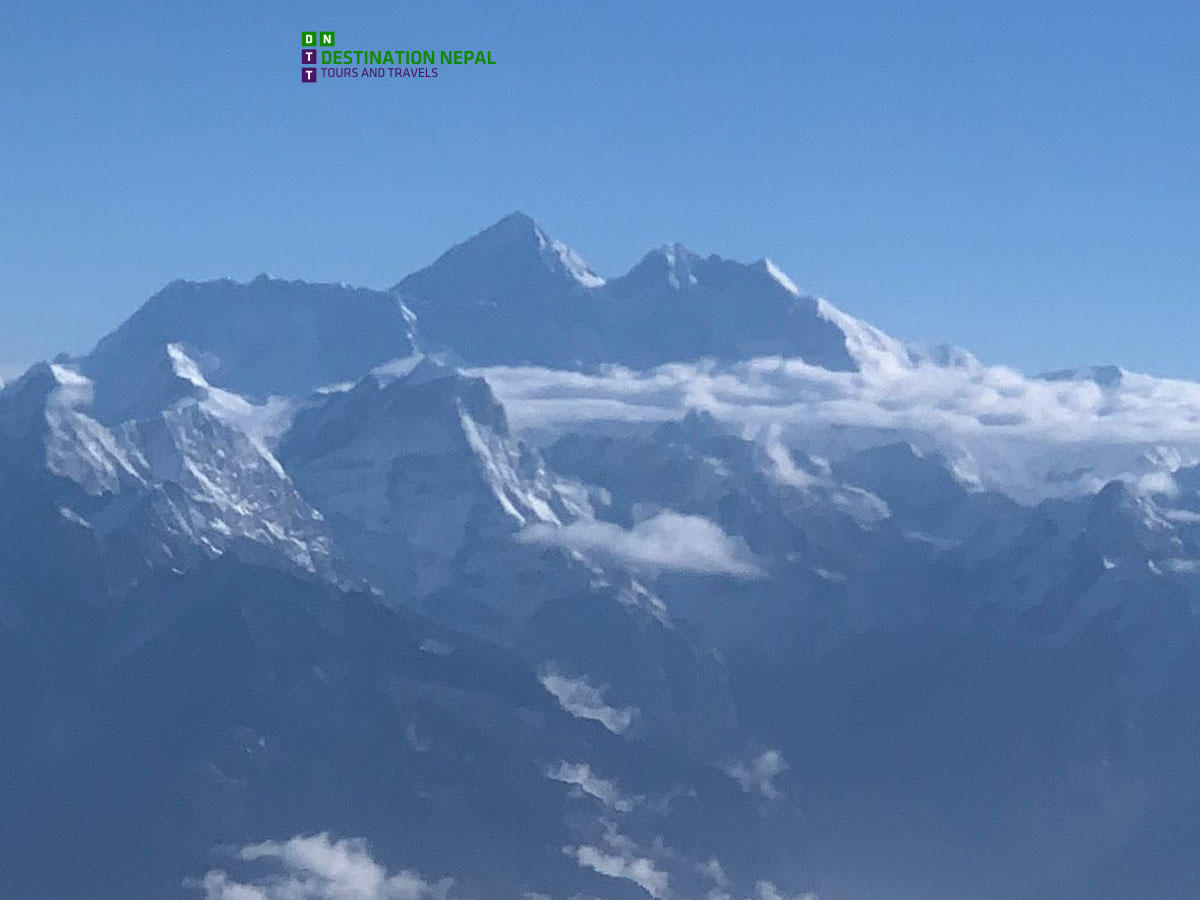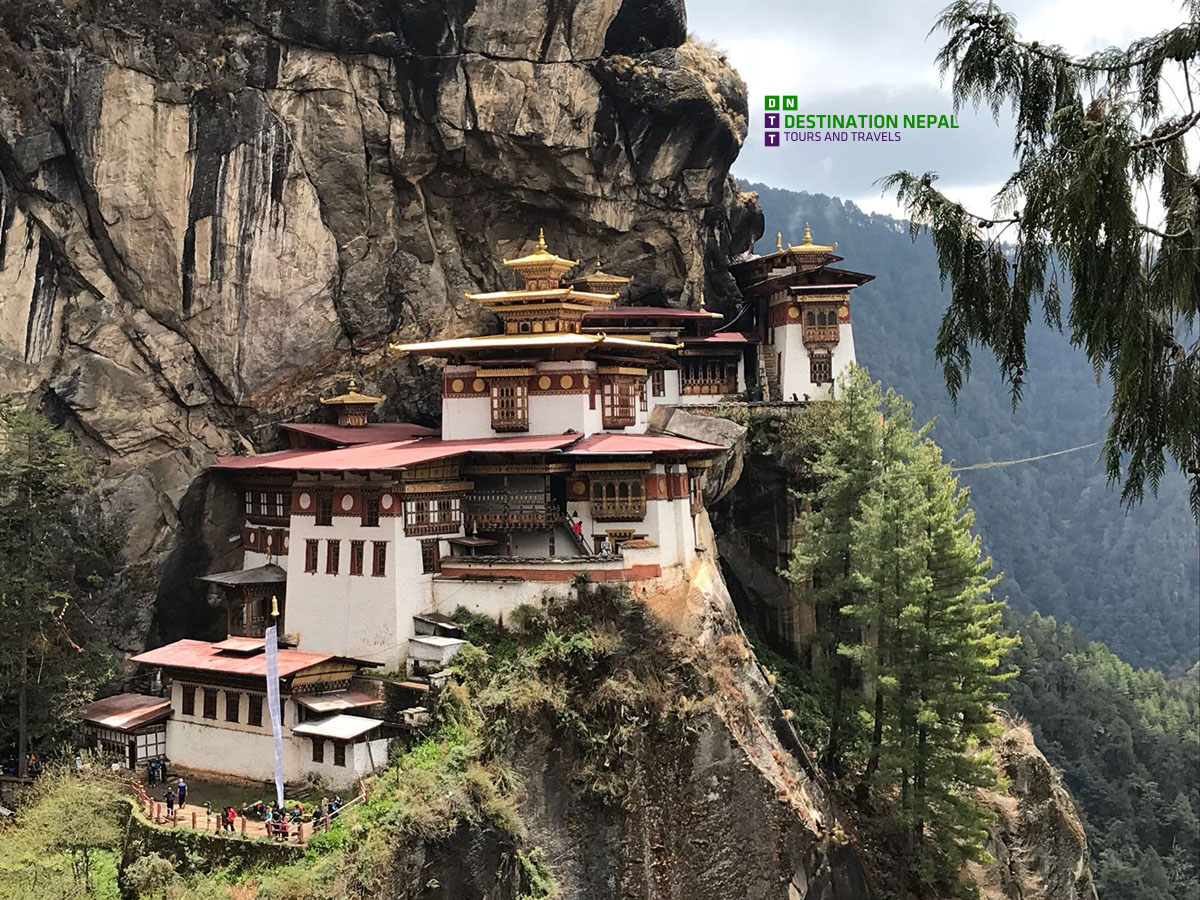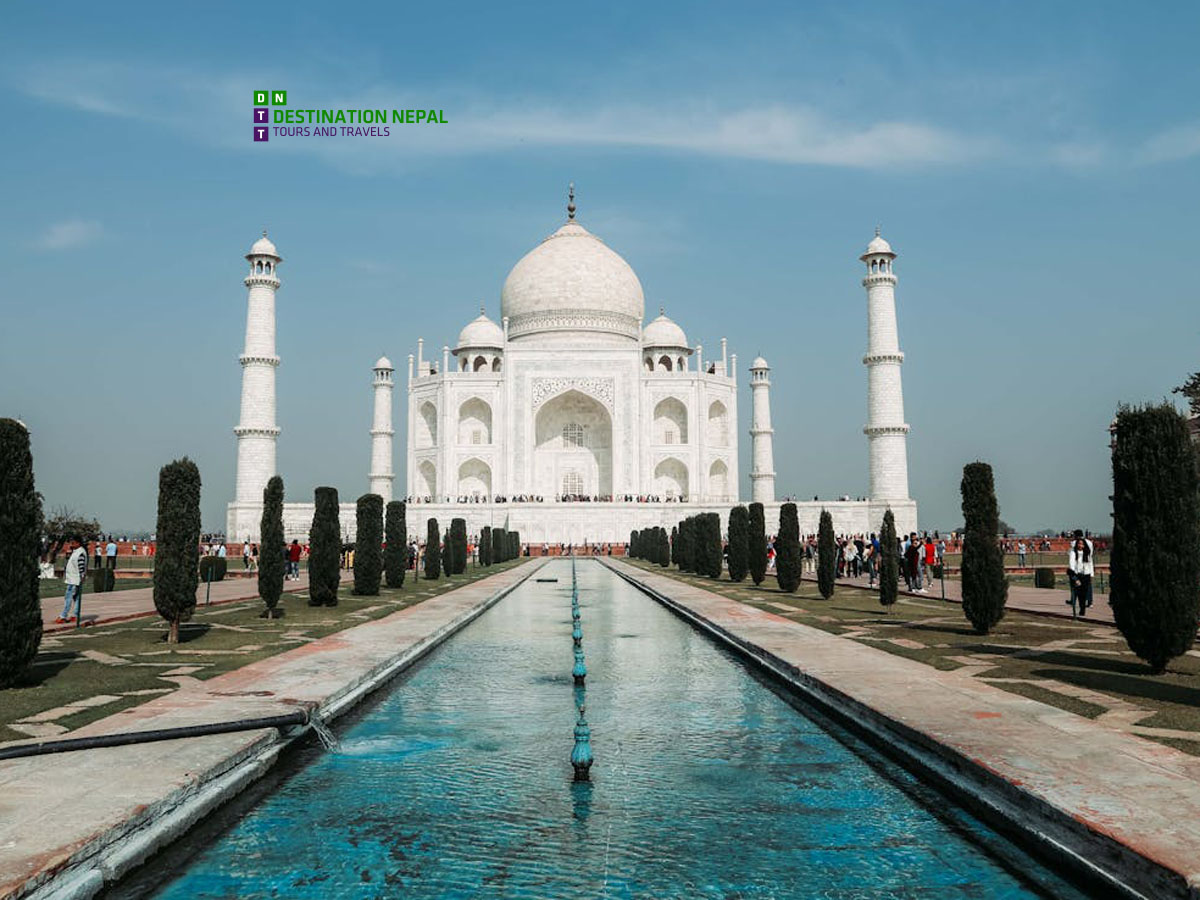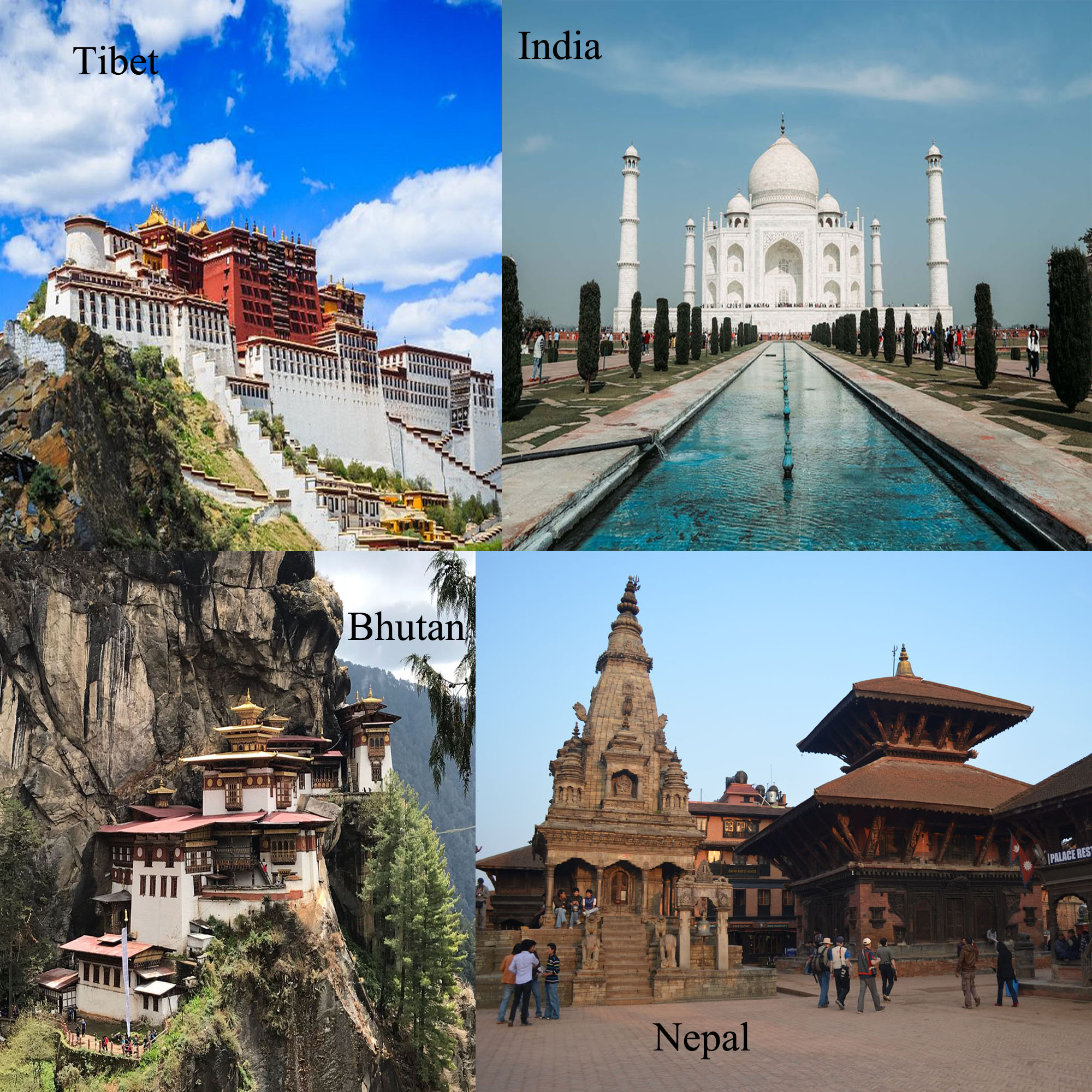Festivals of Tibet
Tibetan Buddhism, as in most other parts of Tibetan culture, is the center of Tibetan celebration with Festivals.
These people celebrated the harsh ordeals each Tibetan must face, such as fierce weather conditions and heavy labor. They would pray for Buddha to bless them.
Tibet has 20 or 30 big and small traditional festivals a year. During the festivals, friends get together. Both men and women sing songs and perform dances and vie to demonstrate their artistic abilities.
These festivals have a long history and most are connected with religion. As the time goes, these festivals have a tendency towards folk customs and pleasure.
Tibetan New Year
The First Day of the Tibetan year always falls in February or March and is the most important festival of the Tibetan people. In early 12th month of the Tibetan year, the Tibetan people already begin to for the Tibetan New Year Day.
The first day of the first month of the Tibetan calendar (February or March of the Gregorian calendar) is marked by New Year celebrations all over Tibet. Monasteries, temples, and home chapels are visited at dawn, and offerings are made before statues and relics of deities and saints. During the Festival a special fried cookie known, as kha-zas is prepared in every home, either a real or an artificial head of a horned sheep adorns the offerings. A colorful container filled with barley flour and wheat grain and another container of chang are presented to all visitors, who take a pinch of the contents and make an offering to the deities by throwing it in the air.
In early morning of the first day of the Tibetan year the people in their rich dresses, with Droso-chema in their hands, visit their relatives and friends and exchange greetings. In the following few days, they sing and dance, drink wines together or go to the nearby monastery to pay their respects to the Buddha.
Shoton Festival in Lhasa
The first day of the seventh month of the Tibetan year is the time for Shoton or the Yogurt Banquet Festival, which falls in August. When the lamas came back from their cultivation in mountains, they are welcomed by local people and their relatives with yogurt and had an outdoor banquet.
Tibetan artists from different schools from various parts gather in Norbu Lingka, Lhasa, for opera performances and competitions for several days. Ceremony for sunning Buddha is held at the Drepung Monastery.
Saga Dawa Festival
Also known as the Festival for Releasing Living Things, Tibetan people do not eat meat or kill any living things in the fourth month of the Tibetan year in order to concentrate their efforts on worshipping. A legend says on the 15th day of the fourth month of the Tibetan year Sakyamuni was born, became a Buddha and died.
On this day each year, the people will dress in their splendid attire and sing and dance and have a picnic or gather in Lingka.
Wangkor Festival
This festival is for wishing good harvest and lasts for one to three days. In splendid attire and having colorful flags in their hands, the people tie highland barley and wheatears into a bumper-harvest pagoda with khata scarves. They walk around their fields while beating drums and gongs while singing songs before a horse racing. After the festival they begin to harvest their crops.
Sorcerer's Dance Festival
On the 29th day of the 12th month of the Tibetan year, the monasteries in various places will hold a grand ceremony to drive off devils for the coming new year.
All the Tibetan families clean and decorate their houses. People believe before the coming of the next year, all devils and dirt things should be cleared away in order to have a good weather for the crops, a happy life and good harvest in the next year.
Dama Festival in Gyantse
On the 18th day of the fourth month of the Tibetan year in May or June, the farmers and herdsmen gather in Gyantse for horse racing, archery competitions, singing and dancing, amusements and exchanging goods and materials.
Buttered Sculpture Festival
This festival is held on the 15th day of the first month of the Tibet year. During the festival, lamas from various monasteries and folk artists make colorful buttered sculptures in the shapes of flowers, immortals, figures, birds and animals. They hang these sculptures onto the flower frames in the Jokhang Monastery. In the evening, they ignite the butter oil lamps and organize puppet shows.
Ganden-Namgye (Illumination) Festival
This festival falls on the 25th day of the 10th month of the Tibetan year or in November or December. A legend says it was the day on which the great reformer and the founder of the Yellow Sect Zonggaba achieved his attainment in cultivation.
During this festival, the people ignite numerous lamps on the roofs of their houses and chant scriptures to pay their respects to Zonggaba.
Bathing Festival
This one-week festival falls in the seventh month of the Tibetan year or in September when the Venus appears. During this week, the water is believed to be purer and clearer than other times to wash. It is believed that taking bath during this festival will cure diseases. People in various parts of Tibet have bath, wash their clothes and play in the rivers and lakes.





